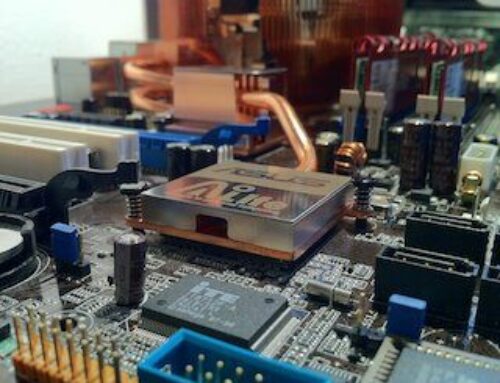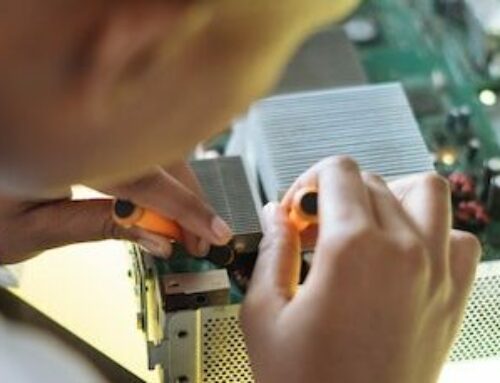If you’ve read the news recently, then you’re aware that the tariffs on Chinese merchandise have been raised again — in fact, they’ve more than doubled. As we discussed in our blog post on price increases, tariffs can play a significant role in the increasing prices of essential networking equipment.
Tariffs and Trade Wars
Major original equipment manufacturers (OEMs), such as Cisco, Dell, HPE and Extreme Networks have urged the administration away from tariffs that would affect the industry, but their calls have gone unheeded. Tariffs were initially announced in September of 2018, and the administration then threatened an increase in January 2019 if the U.S. and China could not come to an agreement. Talks seemed promising, and the additional tariffs were delayed.
However, there has been a lack of progress in the trade talks, and the Chinese government announced counter tariffs. This has led to an increase of the existing tariffs on networking equipment from 10% to 25% and the proposal of new tariffs.
While the new proposed tariffs apply to different products than the first round of tariffs, the proposed tariffs include metals used in manufacturing, such as steel and aluminum. Combined with the increase to the tariffs on networking equipment put in place last September, the IT industry is guaranteed to feel the impact.
How the Tariffs Led to Price Increases
Soon after the initial tariffs went into place last year, Cisco announced an increase in prices and other manufacturers followed suit. After Cisco raised their prices by 15%, multiple manufacturers followed in their example.
Some OEMs also announced that they would increase prices again in 2019 before the latest announcement of increased tariffs. We have yet to see how OEMs will react to the recent doubling of tariffs, but it’s likely that they will respond by raising prices yet again. These price increases are being passed on to the consumer, so it’s likely that your business is feeling the pinch.
How to Minimize the Impact
Since there is no end in sight to the tariffs, it’s best to come up with some strategies to minimize the impact the increased prices will have on your business. To help you figure it out, Gartner has published a report suggesting best practices to reduce network maintenance costs. Their recommendation:
“Actively employ alternatives to traditional vendor-defined options to better manage costs by analyzing specific network support needs to identify opportunities, such as self-sparing and balancing coverage levels to align with business fluctuations.”
There are a variety of methods you can choose from to save your organization money on equipment:
- Adopt an “as needed” repair and replace policy
- Purchase used equipment instead of new
You may also find that a combination of these methods works best for you.
How Used Equipment Can Stretch IT Budgets
If you’ve never purchased used networking equipment, you may be surprised to find out just how much is out there. Used equipment may be years old — or months! You may be able to find nearly new equipment due to business liquidations or mergers. Even older equipment may still have years of useful life left in it.
By purchasing used equipment, you’ll avoid the sticker shock of the large OEMs and the recent (and likely upcoming) price hikes they’re putting in place to combat the damage tariffs are doing to their bottom line.
While the manufacturer warranty and support will have run out or not be available through third-party vendors, most reputable resellers will offer generous support contracts or equipment guarantees.
Avoid Market Volatility
We recognize that you can’t put your business on hold to avoid the recent price increases and market volatility brought about by the tariffs put in place by both the U.S. and China. Our expert staff is happy to discuss a plan that allows you to keep your network running, or even expanding while staying within your budget.
Contact us to learn more about how we can help you avoid unnecessary equipment expenses.




